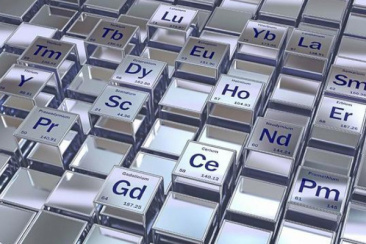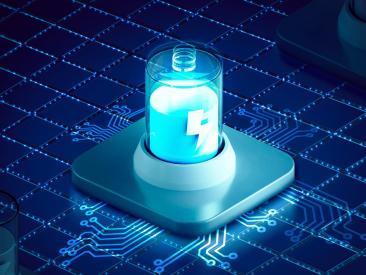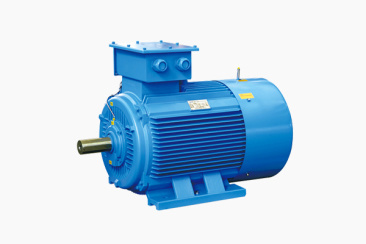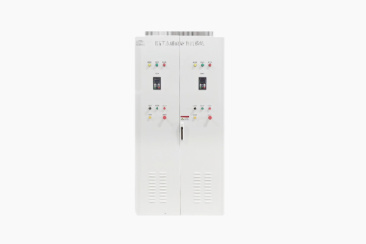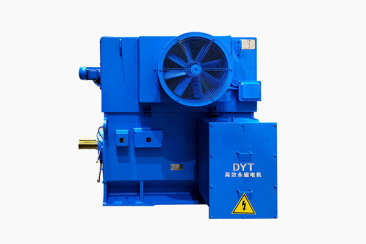Technical Services
Types of permanent magnet materials
Magnetism is one of the basic properties of matter. Magnetic phenomena are associated with various forms of charge movement, due to the electron movement and spin inside the material will produce a certain size of the magnetic field, which produces magnetism. All substances are magnetic.
Lear moreInfluence of Voltage Fluctuation on Motor
According to national standards, the motor power supply voltage changes within ± 5% of the rated value, and the motor output power remains at the rated value. The power supply voltage of the motor shall not exceed ± 10% of the rated value. The power supply voltage is high, the excitation current increases, and the motor will generate excessive heat, which will endanger the insulation of the motor and cause it to be in danger of breakdown. When the power supply voltage is too low, the electromagnetic torque will be greatly reduced. If the load torque is not reduced and the rotor speed is too low, the increase in the slip rate will cause the motor to overload and generate heat, which will affect the life of the motor for a long time.
Lear moreCharacteristics of permanent magnet synchronous motor
The permanent magnet synchronous motor has simple structure, small size, light weight, low loss and high efficiency. Compared with DC motors, it does not have the disadvantages of DC motors such as commutators and brushes.
Lear moreProblems in the use of frequency converter motor
Motor is the most frequently used rotating tool so far. With the development and popularization of frequency converter, more and more motors need to be used together with frequency converter. However, many problems will inevitably be encountered in the process of supporting the use of frequency converter and motor. These exposed problems are more and more worthy of our deep thinking and communication.
Lear moreWhat is the series of motors? What's the point?
If you want to understand, you must first know what the concept of pole is: pole refers to the magnetic pole formed by the generator rotor after the excitation current is passed into the rotor coil. Simply put, each revolution of the rotor can induce several periodic currents in one turn of the stator coil. Different numbers of poles require different speeds to generate a potential of 50HZ.
Lear more

